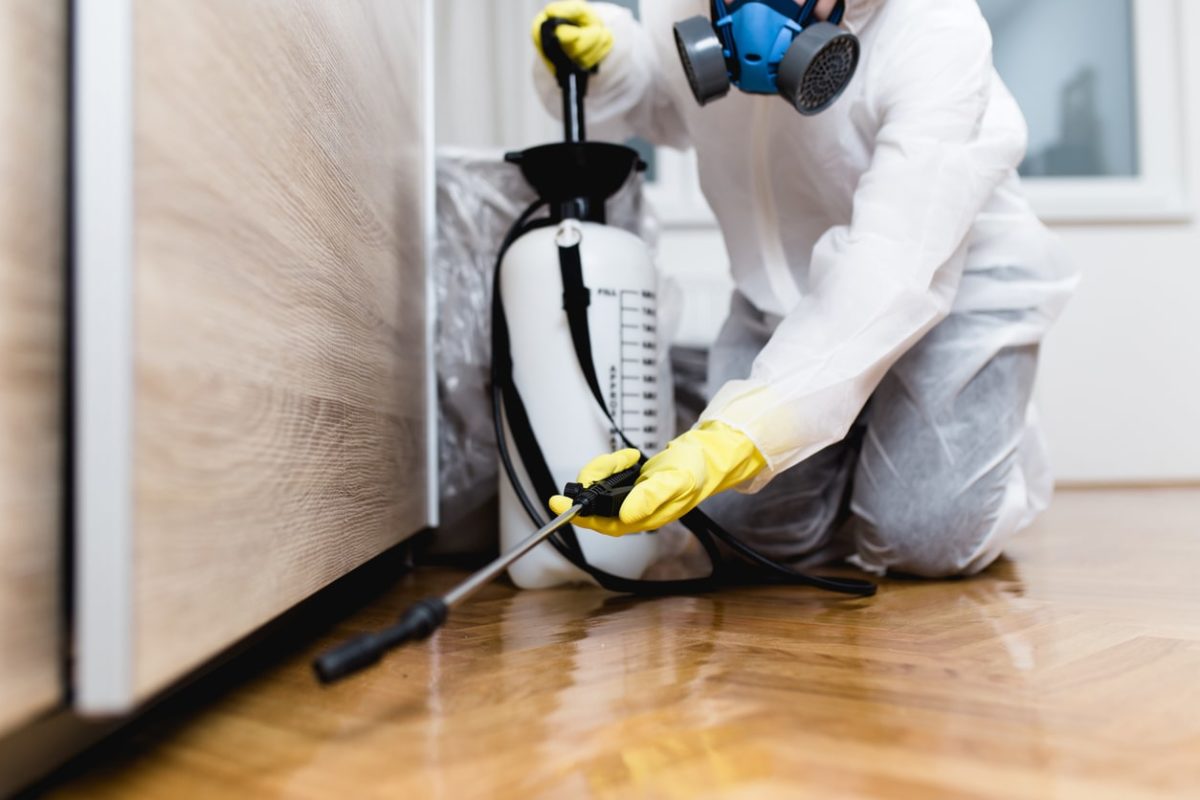Defend your home safe with Pest Control and stop future infestations.
Defend your home safe with Pest Control and stop future infestations.
Blog Article
Eco-Friendly Insect Control Approaches for Managing Wildlife in Urban Locations
Urban areas often find themselves at the intersection of human activity and wildlife, leading to special difficulties in bug administration. These methods not just secure the setting but likewise enhance area involvement in wildlife monitoring. As urban populaces continue to expand, recognizing the dynamics of wildlife interactions becomes increasingly vital.
Understanding Urban Wildlife Characteristics
Recognizing Urban Wildlife Characteristics is necessary for establishing reliable and green parasite control methods. Urban areas are progressively coming to be environments for different wild animals types, driven by variables such as environment fragmentation, food accessibility, and human encroachment. Acknowledging these characteristics enables a nuanced approach to pest administration that lines up with environmental principles.
Urban wildlife usually consists of species such as raccoons, squirrels, and birds, which adjust to city settings, finding particular niches in environment-friendly rooms, parks, and even suburbs. Their presence can result in conflicts with humans, specifically when they make use of human resources for food and sanctuary. Understanding the actions and eco-friendly duties of these types notifies techniques that minimize negative communications while promoting biodiversity.
In addition, recognizing the interdependencies within city ecosystems assists in determining critical locations for environment preservation and remediation. This understanding contributes to the advancement of integrated pest management (IPM) strategies that consider the ecological equilibrium, consequently lowering reliance on unsafe chemicals. By promoting coexistence between human beings and metropolitan wildlife, cities can develop much healthier environments that benefit both locals and neighborhood communities, leading the way for lasting urban living.
Natural Repellents and Deterrents
Natural repellents and deterrents use a lasting option to standard bug control methods by taking advantage of the power of nature to keep unwanted types away. These environment-friendly services normally use plant-based active ingredients, essential oils, and other naturally occurring materials that deter insects without damaging the environment.
One efficient all-natural repellent is peppermint oil, which is understood to ward off rodents and insects. Its strong aroma is undesirable to several pests, making it a preferred selection for city settings. Vinegar and citrus peels can serve as deterrents, as their strong odors are usually uninviting to different wild animals.
Additionally, diatomaceous earth is an all-natural powder that can be spread out in locations vulnerable to insect task, successfully dehydrating and deterring pests without posturing risks to non-target varieties. Furthermore, garlic sprays and neem oil are recognized for their capacity to push back a large range of pests, including both bugs and larger wildlife.
Executing these all-natural repellents not just decreases dependence on chemical pesticides however likewise promotes a much healthier city ecosystem, promoting a more balanced coexistence in between human beings and wild animals. By utilizing these approaches, urban locations can successfully take care of insect populations while reducing environmental influence.
Habitat Modification Techniques
Reliable environment modification strategies play a crucial role in sustainable pest monitoring by modifying the atmosphere to make it less favorable to pest problems. By understanding the environmental characteristics of city locations, homeowner can execute strategic adjustments that hinder pests while promoting biodiversity.
(Integrated pest management Port Charlotte)One primary method entails preserving correct cleanliness. This includes normal waste elimination, securing garbage bins, and eliminating standing water to reduce reproducing sites for bugs and rats. Furthermore, landscape design techniques such as choosing indigenous plants can improve eco-friendly balance, giving environments for advantageous organisms while minimizing resources for pests.
An additional essential technique is to seal entry points in buildings. Inspecting and repairing cracks in structures, walls, and home windows can significantly minimize pest gain access to. Furthermore, producing physical barriers, such as fences or plant barriers, can inhibit wild animals activity right into human-inhabited locations.
Integrated Bug Administration Practices
Building upon environment alteration techniques, incorporated insect administration (IPM) practices provide an all natural technique to regulating insect populations while reducing ecological influence. IPM integrates numerous methods, consisting of biological, cultural, mechanical, and chemical controls, to accomplish reliable insect management.
Biological control entails the intro of all-natural predators or resource bloodsuckers to minimize insect populaces. Cultural techniques, such as crop rotation and cleanliness, interfere with pest life cycles and diminish their environments - Pest Control. Mechanical controls, like catches and obstacles, supply immediate relief from bug pressures without chemical treatment
Chemical controls are utilized as a last option, focusing on targeted applications that limit harm to non-target varieties and the atmosphere. The selection of eco friendly pesticides, when essential, is integral to the IPM framework. Additionally, checking insect populaces and examining possible damages aids educate decision-making, making certain that treatments are prompt and reliable.
Neighborhood Involvement and Education And Learning

(Misting Systems Pest Control)Workshops and informational sessions can outfit locals with understanding regarding native types, habitat preservation, and reliable non-toxic insect monitoring methods. Partnership with colleges, neighborhood organizations, and federal government companies further improves educational outreach, making sure that necessary details gets to diverse audiences.
Additionally, community-led campaigns, such as neighborhood clean-up days and environment restoration projects, not just advertise biodiversity but likewise enhance community ties. Pest control service. By encouraging citizens to share their experiences and observations, areas can establish targeted approaches that address details local insect concerns
Integrating feedback from citizens into parasite administration prepares makes it possible for a more responsive and flexible strategy to wild animals obstacles. Inevitably, notified and involved neighborhoods are vital to attaining lasting success in green pest control, resulting in much healthier city settings that value both human and environmental requirements.

Verdict
In conclusion, eco-friendly parasite control approaches deal lasting options for managing urban wild animals. By focusing on environment modification, making use of all-natural repellents, and carrying out incorporated bug administration techniques, areas can promote a harmonious conjunction with regional fauna.
Report this page